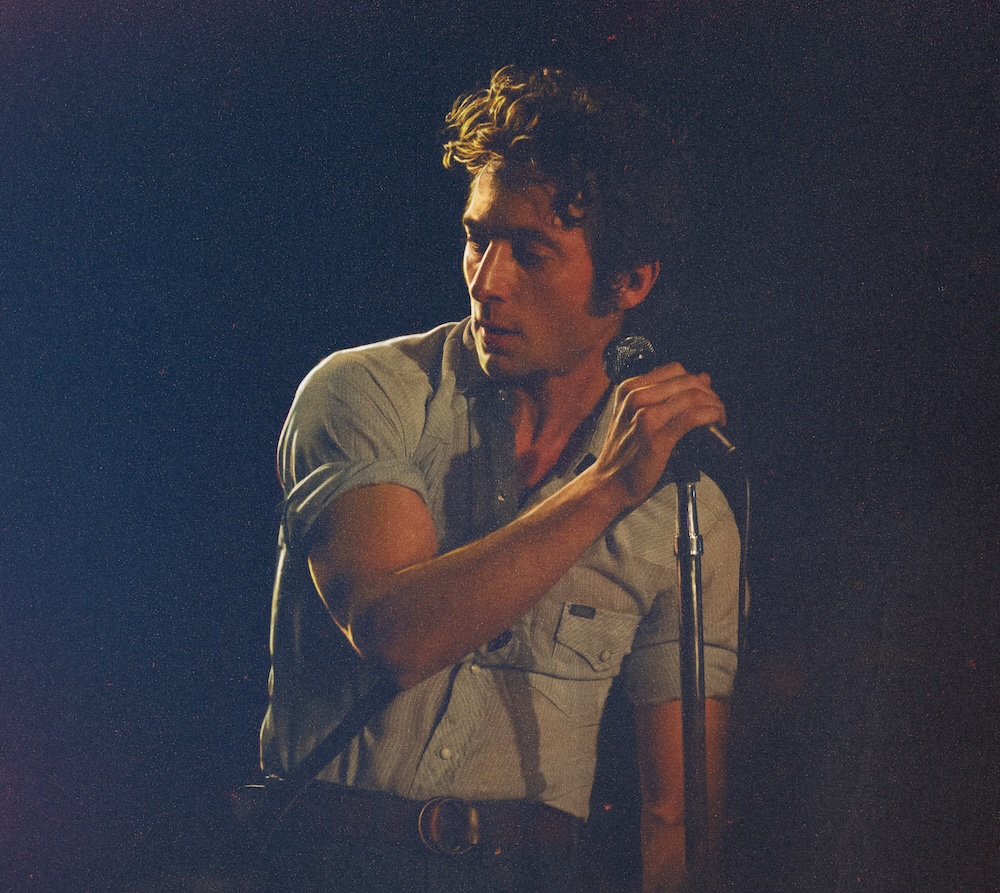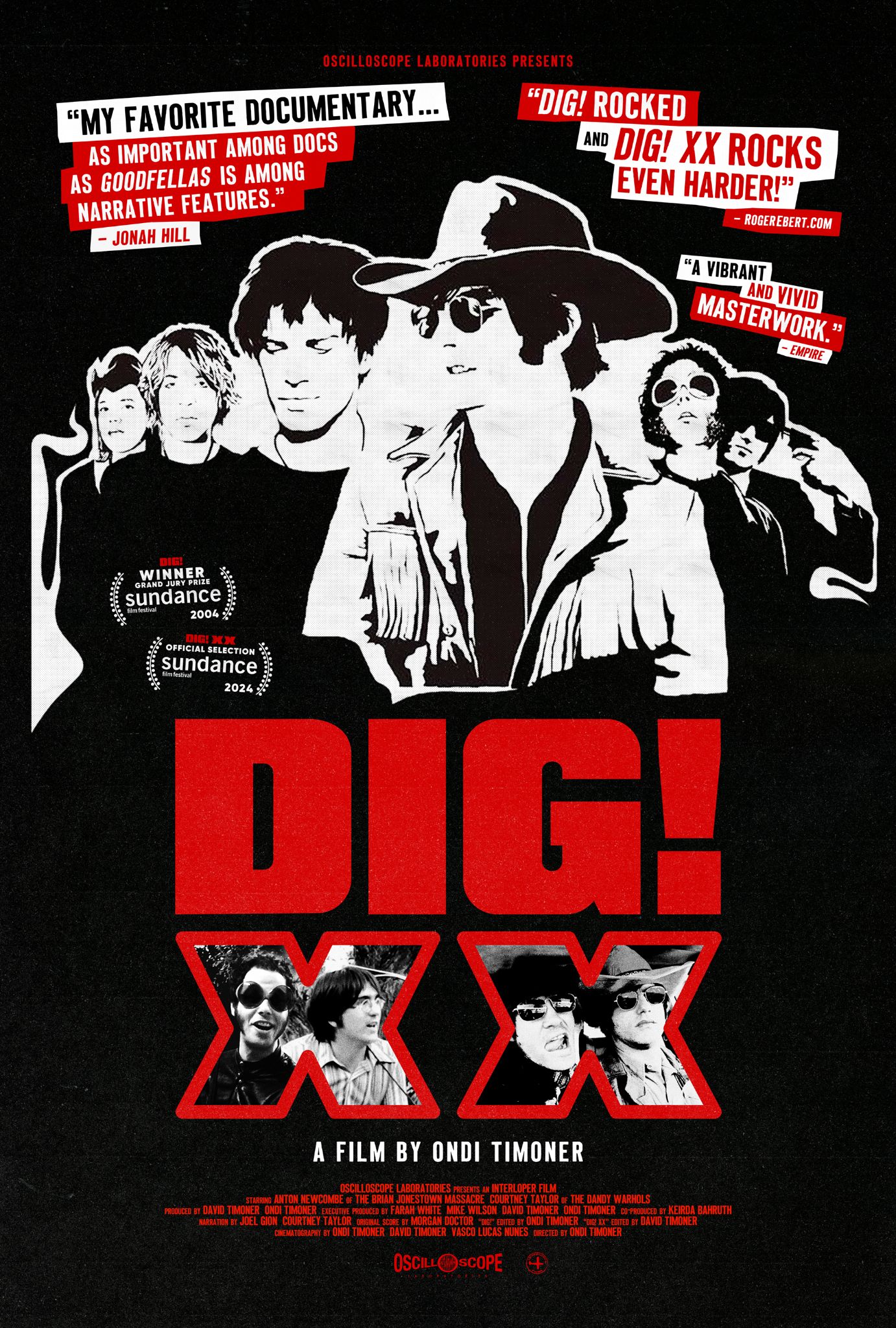The Harlem Cultural Festival was a series of six free outdoor concerts held in New York's Mount Morris Park between June 29 and August 24, 1969. Given that these dates overlapped with the Woodstock festival in upstate New York (Aug. 15-18), the Harlem Cultural Festival has sometimes been described as "Black Woodstock," but the new documentary Summer Of Soul (…Or, When The Revolution Could Not Be Televised) -- the directorial debut from Roots bandleader Ahmir "Questlove" Thompson, which won this year's Grand Jury Prize at Sundance -- shows that it was much more than that.
The festival was put together and hosted by Tony Lawrence, a local lounge singer and promoter with a wide network of contacts. He managed to get the city, under Mayor John Lindsay, to provide funding, and obtained additional sponsorship from Maxwell House Coffee, which is why the posters for a series of free, outdoor concerts in the middle of summer had a giant mug of coffee for a logo. The entire festival was filmed by producer Hal Tulchin, and some of it was broadcast on a local TV station at the time, but after that, it went into storage and was largely forgotten, which makes for some fascinating and hilarious interviews with attendees whose perspective boils down to, "I was there! I'm not crazy -- this really happened!"
The movie begins with footage of Stevie Wonder. He’s playing a drum solo. Wonder actually performed at the third concert, on July 20, but if you've got footage of Stevie Wonder playing a drum solo, you open with that. There are also incredible performances by B.B. King, Sly And The Family Stone, former Temptations singer David Ruffin, Gladys Knight & The Pips, Mongo Santamaria, Ray Barretto, Hugh Masekela, and more. The concerts had loose themes: The first one was focused on jazz and pop, with the 5th Dimension, Max Roach and then-wife Abbey Lincoln, and others (though Sly Stone and his band ended the night); July 13 was an all-gospel bill featuring Mahalia Jackson and the Staple Singers; July 20 offered Stevie Wonder, Ruffin, Knight and more; July 27 was focused on Latin music and jazz, with Santamaria, Barretto, and Herbie Mann; and August 17 featured Nina Simone, B.B. King, and Hugh Masekela.
Thompson gives special attention to a few performances. Early on, he throws the spotlight on the 5th Dimension. An LA-based Black vocal group whose work blended pop, R&B, jazz, and show tunes, they were a popular nightclub act and had multiple hits and Grammy awards, but were mostly seen as popular with white audiences. Just a few months before this event, they’d topped the charts with "Aquarius/Let The Sunshine In"; in his Number Ones essay on the song, Tom Breihan wrote that "they specialized in chirpy, uplifting studio-pop... they definitely didn't make soul. Instead, their version of pop music was bright and shiny and professional, and not even in that appealing-to-white-people Motown way."
Two of the group’s founding members, Billy Davis Jr. and Marilyn McCoo, are interviewed in the film, and the emotional roller coaster they rode the day of their performance (fear of not being accepted by the Harlem crowd, followed by shock and finally joy and mutual love and affection) returns, on camera, as strongly as it must have been felt that day. The two are visibly on the verge of tears watching footage of their performance.
Something similar happens later in the film, when Mongo Santamaria and Ray Barretto's groups appear. The closely intertwined relationship between Harlem's Black and Latin populations is explored in the context of music, politics, and more (Lin-Manuel Miranda, whose own recent In The Heights drew criticism for its lack of Afro-Latino representation in Washington Heights, pops up as a talking head). In 1969 Barretto was making hardcore, challenging music, combining the explosive energy and complex polyrhythms of traditional Caribbean styles with the exploratory impulses of jazz and the half-religious fervor of soul. Plus, he was a big dude who dominated the stage behind his congas. His group’s version of "Abidjan," featuring horns, congas and timbales, is like a volcanic eruption, and the massive crowd is with him all the way.
There’s also a long section in the middle about the gospel-themed concert on July 13 -- in particular Mavis Staples, who performed with her father and sisters as the Staple Singers and also joined gospel legend Mahalia Jackson to sing "Precious Lord, Take My Hand." Whether you're religious or not, gospel music can have a transformative power, and the performances here will have even the grumpiest atheist grabbing for a hand-held church fan. There are also some entertaining interviews with music critic Greg Tate, who talks about the sense of catharsis and release found in Black spiritual music, and politician/preacher Al Sharpton, who says, "Gospel was more than religious. Gospel was the therapy for the stress and pressure of being Black in America. We didn’t go to a psychiatrist. We didn’t go lay on a couch. We didn’t know anything about a therapist, but we knew Mahalia Jackson."
Obviously, the primary draw of this movie is the musical performances. Almost every act shown gets one full song, and some get more than that. There are some unforgettable individual moments that deserve notice, like David Ruffin hitting an extended falsetto note on "My Girl" that'll split your skull; Gladys Knight & the Pips throwing up Black power fists(!) as they leave the stage; Cynthia Robinson's lung-busting vocals on Sly And The Family Stone's wildfire rendition of "Sing A Simple Song"; Nina Simone's terrifying glare as she sings "Backlash Blues"; a few short seconds of Sonny Sharrock murdering his guitar (he was a member of Herbie Mann’s band at the time)...
But the people who attended the show are just as important a part of the movie as the performers. Thompson interviews a pair of women, now in their late sixties or early seventies, who recall lying to their mothers in order to sneak out to the concert. And he includes some local news footage that features interviews with concertgoers regarding the moon landing, which took place July 20 of that year. One guy says, "The cash they wasted -- as far as I'm concerned -- in getting to the moon could have been used to feed poor Black people in Harlem and all over the place and all over the country. Never mind the moon, let's get some of that cash in Harlem." As true today as it was in 1969, especially now that we’ve got billionaires preparing to fire themselves into orbit just because they can (and 99.999% of humanity can’t).
There are aspects of Thompson's narrative that feel like something of a stretch; it seems likely that the footage of the Harlem Cultural Festival sat on a shelf for 50 years because the concert producers didn't pre-sell the broadcast rights, not because the Man wanted to hide the sight of so many celebrating Black and brown people from America. But if anybody now wants to do the paperwork to license all the audio or video for some kind of lavish box, as was done with Woodstock not long ago, it could be a pretty amazing package. Until then, this movie condenses it all into a joyful, thrilling must-see.
Summer Of Soul is out 6/25 in New York and Los Angeles. It opens nationwide in theaters and on Hulu a week later on 7/2.






